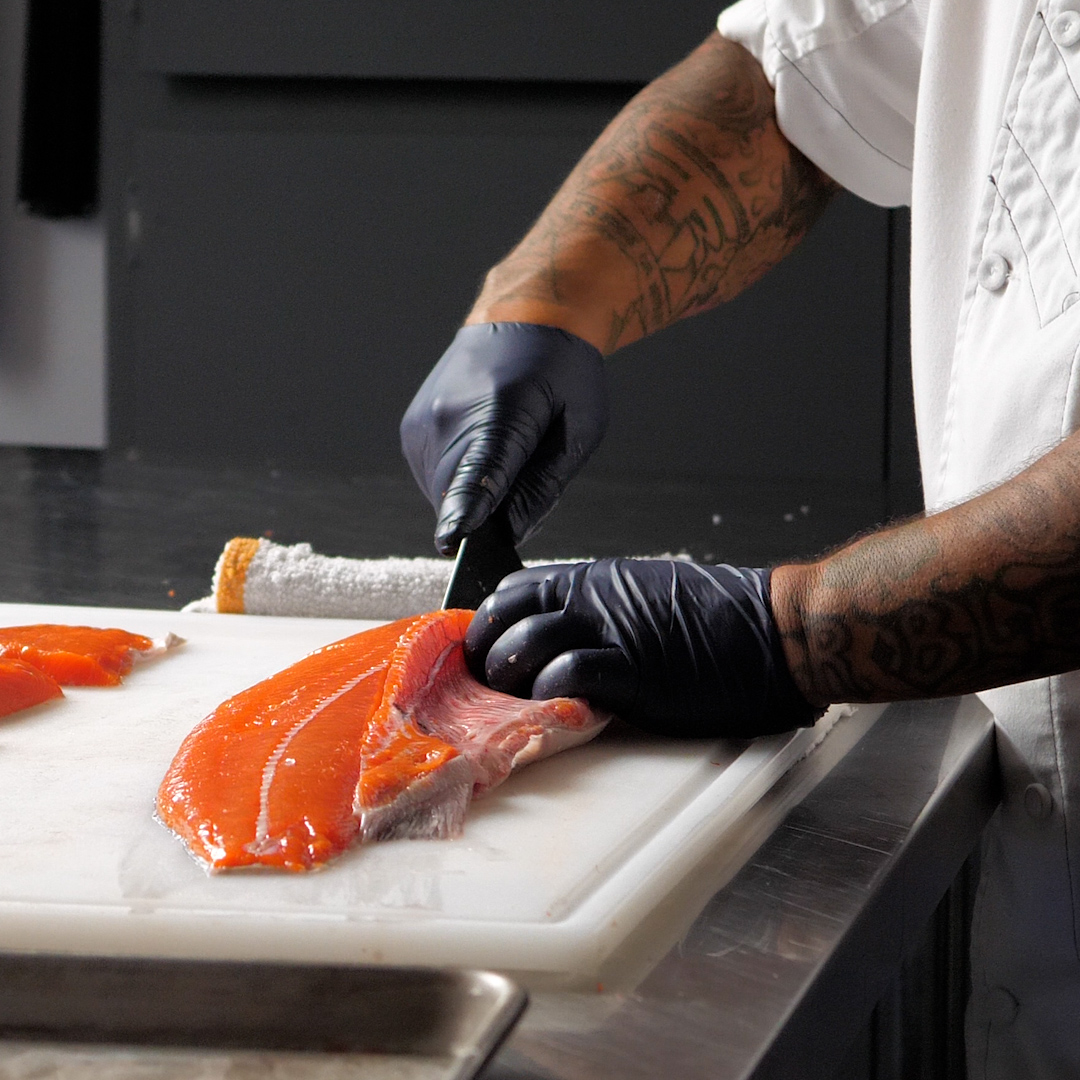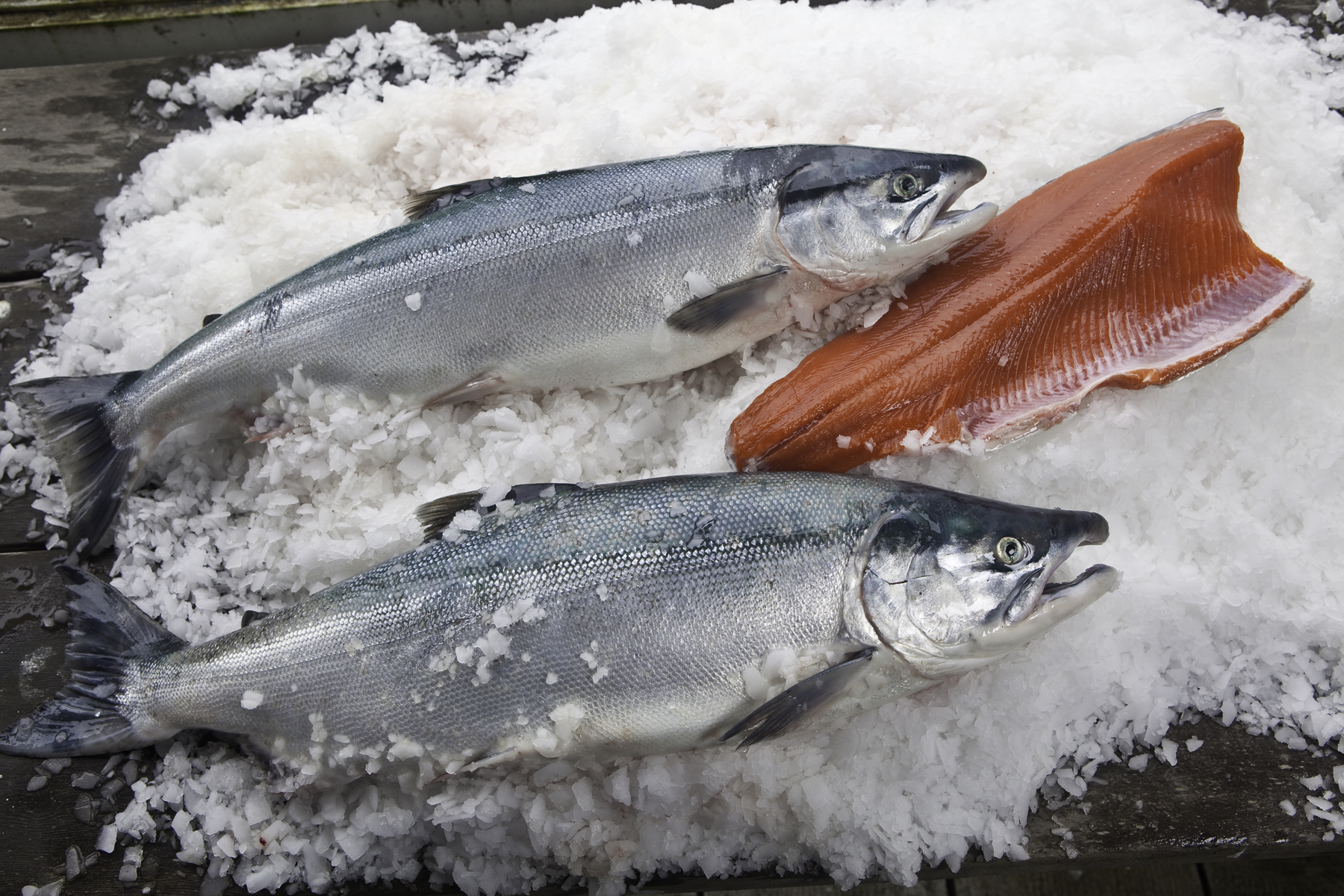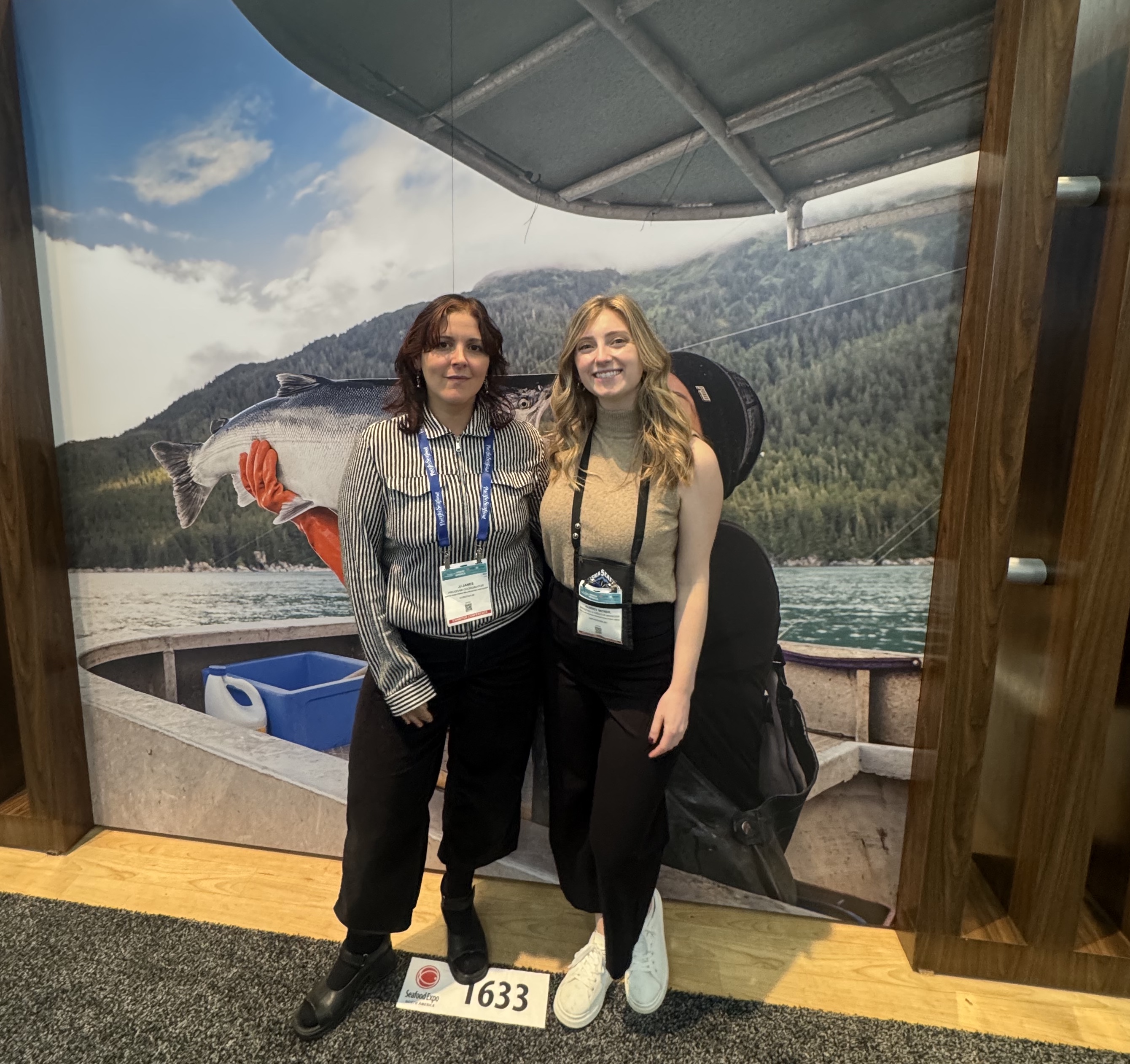By using our website, you agree to the use of cookies as described in our Cookie Policy
How Are Wild Alaska Salmon Caught?
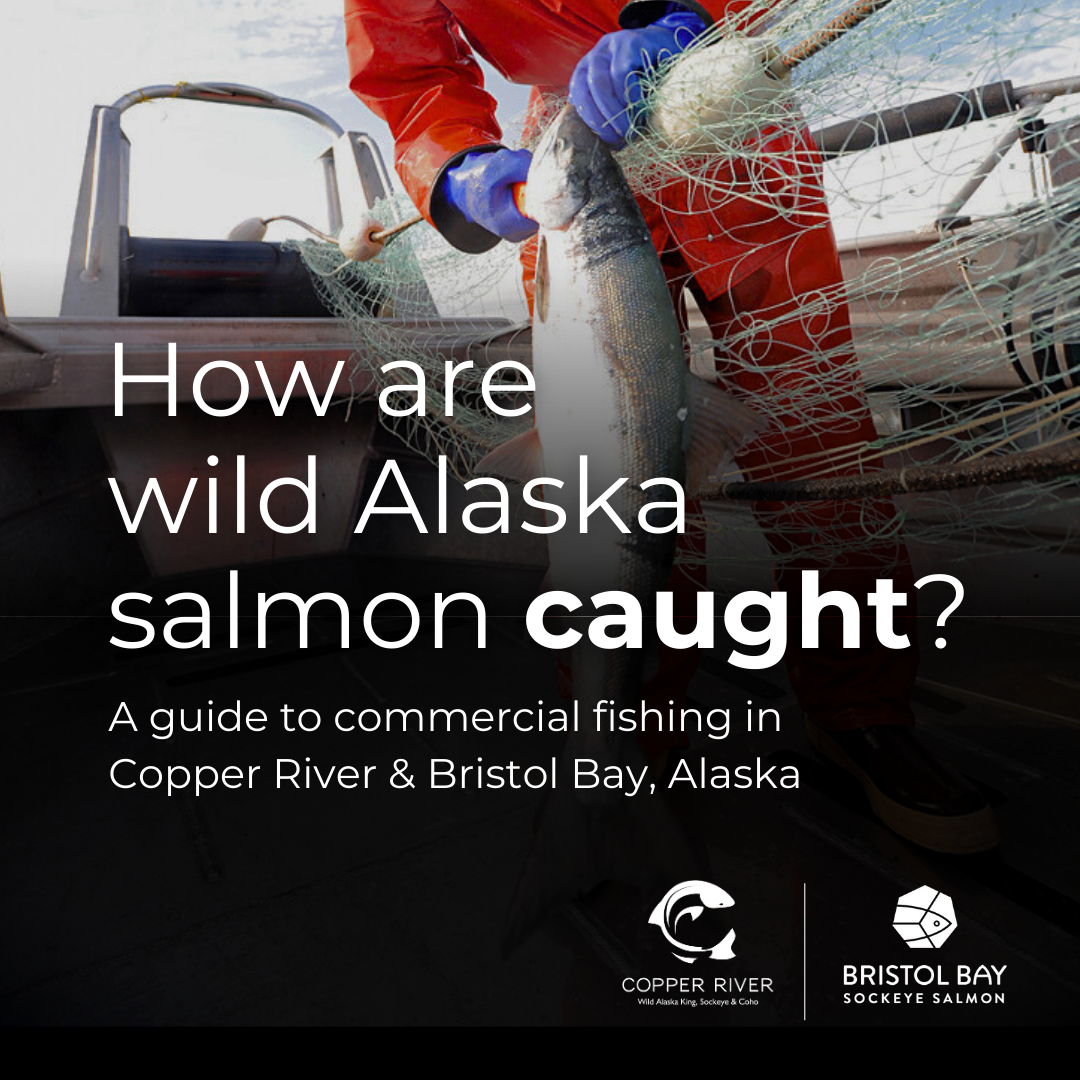
At Copper River Salmon, we take immense pride in the sustainable and time-honored practices that bring wild Alaska salmon from our pristine waters to your table. In our recent collaboration with Bristol Bay Regional Seafood Development Association (RSDA), we shared insights into "How are wild Alaska salmon caught?"—a question that speaks to the heart of what we do. From the careful techniques used by our dedicated fishermen, to the strict regulations that protect this invaluable resource, every step of the process reflects our commitment to quality, sustainability, and community. In this blog post, we’re excited to take you behind the scenes, going deeper into the methods and values that make Copper River salmon so special. Drawing from our informative carousel slides that we posted over the summer on social media , we’ll walk you through the journey of how we catch, care for, and deliver one of nature’s most remarkable treasures. Join us as we celebrate the story of wild Alaska salmon and the people who make it possible.
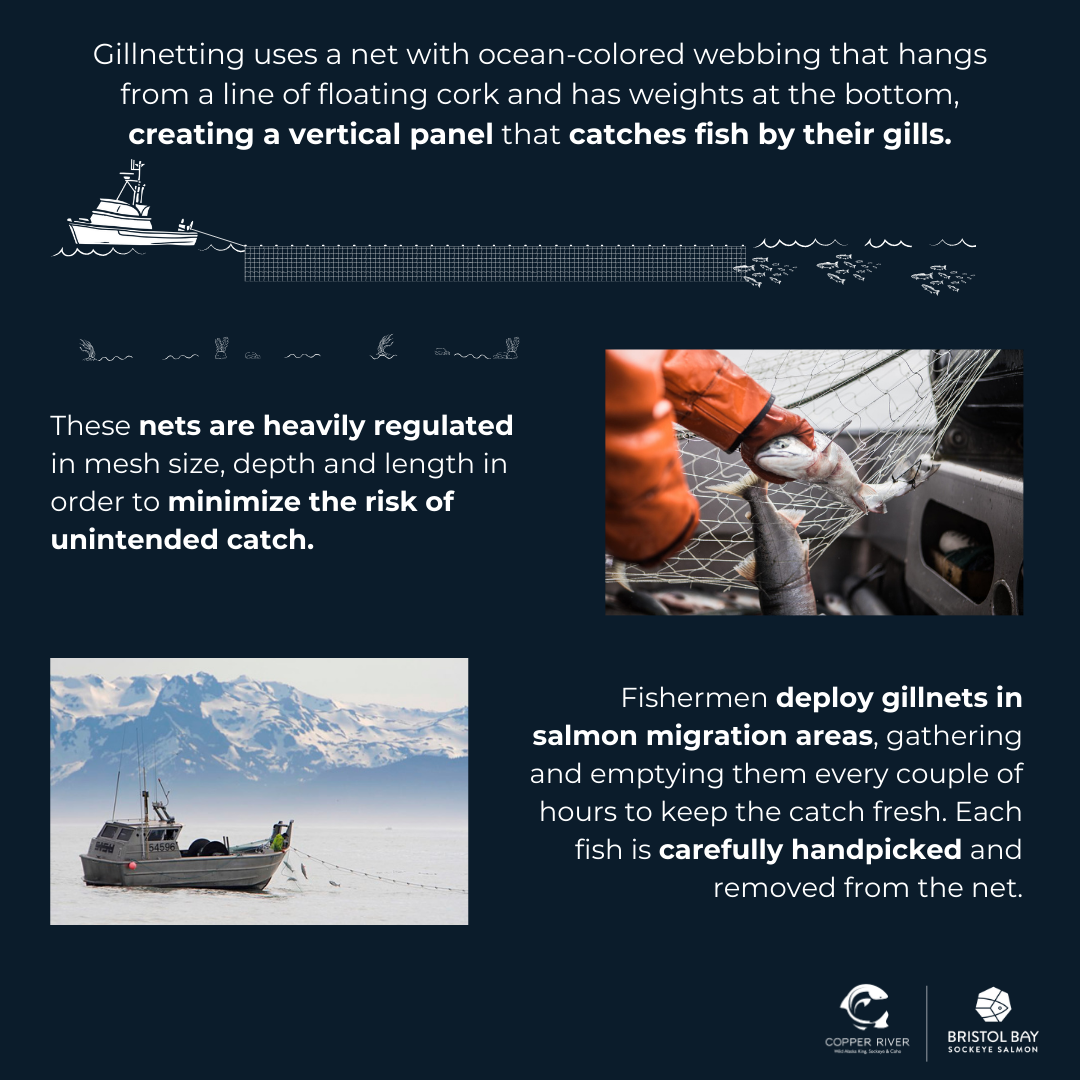
The Science of Gillnetting: Precision and Tradition in Alaska Wild Salmon Fishing
Gillnetting is a traditional and highly effective method used in Alaska wild salmon fishing, designed to harvest fish with precision and care. The gillnet itself is a long, ocean-colored net that hangs vertically in the water, suspended by a line of floating cork at the top and weighted at the bottom to keep it taut. This creates an almost invisible barrier in the water, blending seamlessly with the surroundings. As salmon swim through the ocean, they encounter the net and attempt to pass through its mesh. The size of the mesh is carefully calibrated to allow the fish to partially swim through, but not entirely—catching them gently by their gills. This method is both selective and sustainable, as it targets specific species and sizes of salmon while allowing smaller or non-target fish to swim free. Gillnetting is a testament to the balance between tradition and innovation, ensuring that Alaska’s wild salmon populations thrive for generations to come.
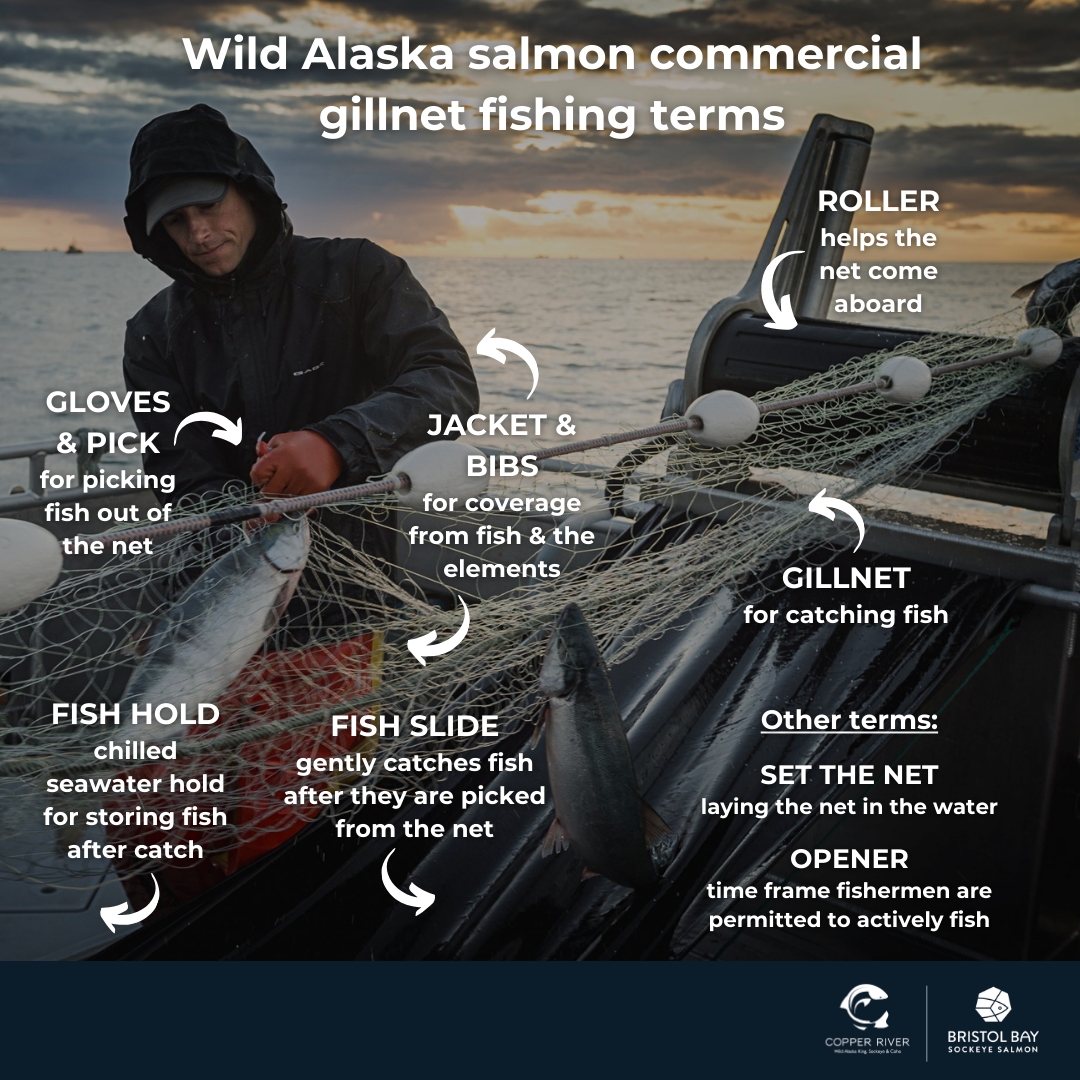
Life on the Line: The Grit, Beauty, and Camaraderie of Alaska’s Gillnetting Crews
Life aboard a wild Alaska salmon gillnetting fishing vessel is a unique blend of grueling work, breathtaking scenery, and a deep connection to the rhythms of nature. From the moment the season begins, the crew is thrust into a world where long hours and physical labor are the norm. Days often start before dawn, with the crew preparing nets, checking gear, and navigating the icy waters of Alaska’s remote fishing grounds. The work is demanding—hauling in heavy nets filled with thrashing salmon, sorting the catch, and braving the unpredictable weather that can shift from calm to stormy in an instant.
Yet, there’s a raw beauty in the experience, as the vessel cuts through impressive waters surrounded by towering mountains, glaciers, and wildlife like eagles, whales, and sea otters. Despite the challenges, life on a gillnetter fosters a strong sense of camaraderie among the crew. In the tight quarters of the vessel, everyone relies on one another to get the job done, creating bonds forged through shared hardship and triumph. Meals are often simple but hearty, eaten quickly between shifts, and sleep is a precious commodity. Yet, there’s a profound satisfaction in the work—knowing that each salmon caught is part of a sustainable fishery that supports both the crew and the local communities. For those who thrive on adventure and a connection to the wild, life aboard a gillnetting vessel is an unforgettable experience, offering a rare glimpse into a world where nature dictates the pace.
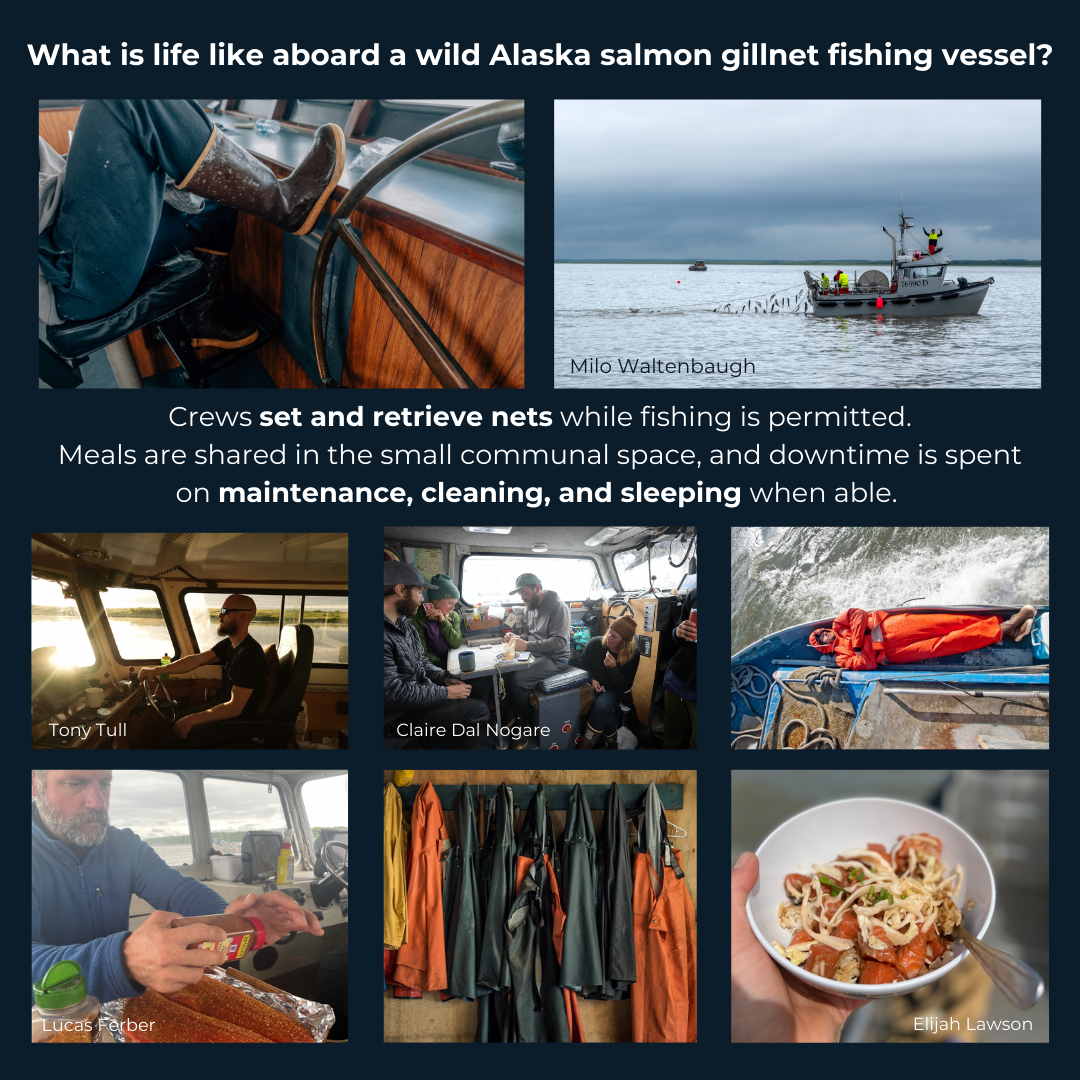
How Alaska’s Fishing ‘Openers’ Balance Harvest and Conservation
In Alaska, a commercial fishing "opener" refers to a designated period when fishermen are allowed to harvest salmon in specific regions, such as the Copper River, Prince William Sound, and Bristol Bay. These openers are carefully managed by the Alaska Department of Fish and Game (ADF&G) to ensure sustainable fishing practices and protect salmon populations. The ADF&G monitors fish runs in real-time, using sonar, aerial surveys, and in-season data to determine when and where fishing can occur. Openers are often short—sometimes just 12 to 24 hours—and are timed to coincide with the peak of salmon migrations, ensuring that enough fish make it upstream to spawn while allowing commercial harvests to proceed. This balance is critical to maintaining the health of Alaska’s world-renowned salmon fisheries. The ADF&G’s role in regulating openers is rooted in state law, which mandates that fisheries be managed for sustainability and the benefit of all Alaskans. In areas like the Copper River, famous for its prized sockeye and king salmon, openers are tightly controlled to prevent overharvesting and ensure the long-term viability of the resource. Similarly, in Bristol Bay, home to the largest sockeye salmon run in the world, the ADF&G’s management of openers helps balance the needs of commercial, subsistence, and sport fisheries. By setting strict guidelines for when, where, and how much can be caught, the ADF&G ensures that Alaska’s salmon fisheries remain a model of sustainability, supporting both the ecosystem and the livelihoods of thousands of fishermen and coastal communities.

From Net to Market: How RSW and Slush Ice Keep Alaska Salmon Fresh Every Step of the Way
Refrigerated Sea Water (RSW) and slush ice are two critical methods used aboard gillnetters to preserve the quality of salmon before they are delivered to tenders or processors. RSW systems pump chilled seawater into the fish hold, creating a cold, oxygen-rich environment that keeps the fish fresh and reduces bruising or damage during transport. Slush ice, on the other hand, involves layering fish with a mixture of ice and seawater, which maintains a consistent temperature and prevents the fish from drying out. Both methods are highly effective at slowing bacterial growth and preserving the salmon’s texture, color, and flavor, ensuring they meet the high standards demanded by markets and processors. These preservation techniques are especially important in Alaska’s remote fishing grounds, where deliveries to tenders or processors may take several hours or even days. The chain of command for handling fish begins with the gillnetter crew, who carefully sort and store the catch in the RSW or slush ice-filled holds. Once the vessel’s hold is full or the opener ends, the gillnetter delivers its catch to a tender—a larger vessel that collects fish from multiple boats. The tender crew takes over, transferring the fish into their own RSW systems or ice holds for further transport. From there, the tender delivers the salmon to a processing facility, where it is sorted, cleaned, and prepared for market. This seamless handoff—from gillnetter to tender to processor—ensures the fish remains in optimal condition throughout the supply chain. The ADF&G oversees this process, enforcing regulations that guarantee the fish is handled safely and sustainably, from the moment it’s caught to the time it reaches consumers.
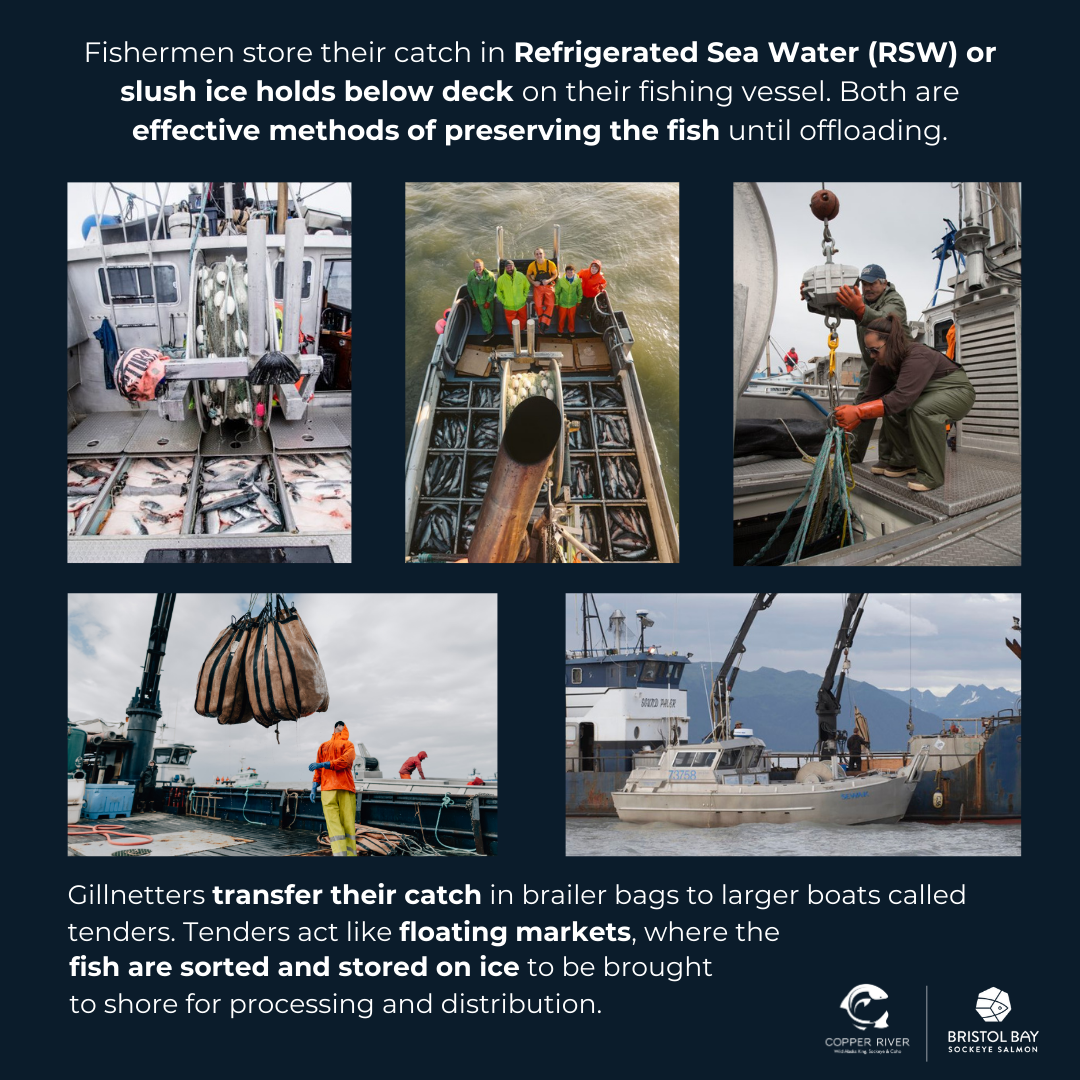
The Journey
Wild Alaska salmon are caught using sustainable methods like gillnetting, a technique where nets are set in the water to intercept salmon as they migrate to their spawning grounds. Once the nets are hauled aboard the fishing vessel, the crew carefully picks the salmon from the webbing, ensuring minimal damage to the fish. The salmon are then immediately stored in refrigerated seawater (RSW) or slush ice-filled holds to preserve their freshness and quality. When the fishing boat’s hold is full, the catch is transferred to a tender—a larger vessel that collects salmon from multiple fishing boats. The tender transports the fish to onshore or floating processors, where the salmon are sorted, filleted, and vacuum-sealed to lock in freshness.
From the processing plant, the salmon embark on a journey to distribution centers, often traveling by truck or plane to reach markets across the country and around the world. This carefully coordinated chain ensures that the salmon maintain their premium quality, from the icy waters of Alaska to dinner tables everywhere. Whether it’s Copper River sockeye, Bristol Bay kings, or Prince William Sound coho, each step of the process—from gillnetting to packaging—reflects Alaska’s commitment to sustainable fishing practices and delivering the finest wild seafood to consumers.
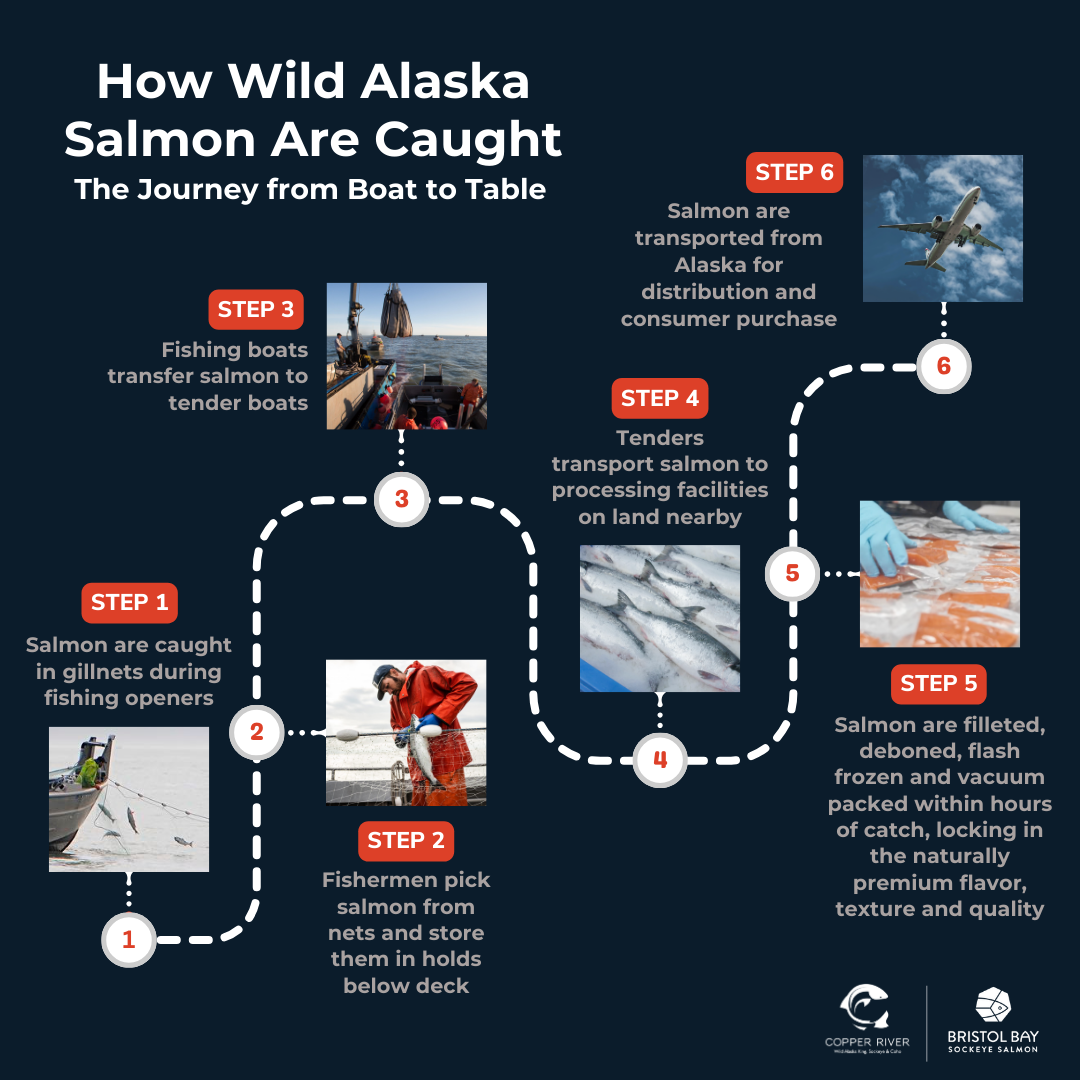
Wild Alaska salmon are caught using sustainable methods like gillnetting, a technique where nets are set in the water to intercept salmon as they migrate to their spawning grounds. Once the nets are hauled aboard the fishing vessel, the crew carefully picks the salmon from the webbing, ensuring minimal damage to the fish. The salmon are then immediately stored in refrigerated seawater (RSW) or slush ice-filled holds to preserve their freshness and quality. When the fishing boat’s hold is full, the catch is transferred to a tender—a larger vessel that collects salmon from multiple fishing boats. The tender transports the fish to onshore or floating processors, where the salmon are sorted, filleted, and vacuum-sealed to lock in freshness.
From the processing plant, the salmon embark on a journey to distribution centers, often traveling by truck or plane to reach markets across the country and around the world. This carefully coordinated chain ensures that the salmon maintain their premium quality, from the icy waters of Alaska to dinner tables everywhere. Whether it’s Copper River sockeye, Bristol Bay kings, or Prince William Sound coho, each step of the process—from gillnetting to packaging—reflects Alaska’s commitment to sustainable fishing practices and delivering the finest wild seafood to consumers.
Join the Movement
Hungry for more? Follow Copper River and Bristol Bay on their journey to share the wonders of wild Alaska salmon. From breathtaking landscapes to behind-the-scenes fishing adventures, our stories will inspire you to choose wild, sustainable seafood and help protect these treasures of the sea.
Save this post, share it with your seafood-loving friends, and stay tuned for more updates on this remarkable partnership!
‹ Back


